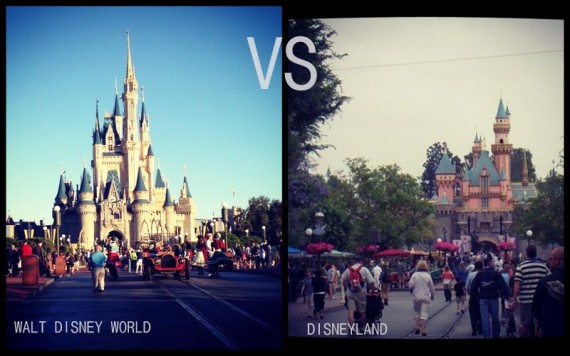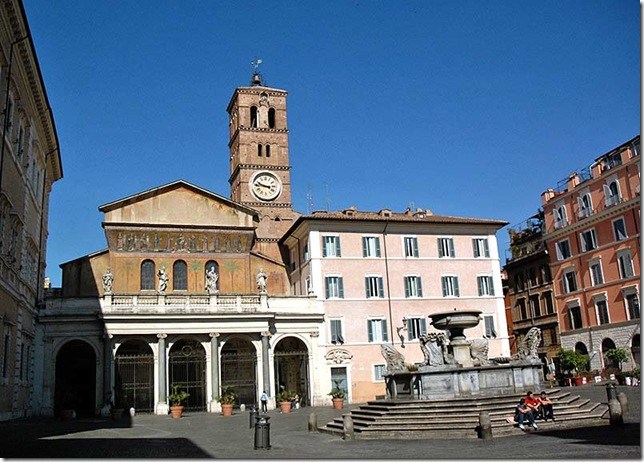K and I recently returned from 5 whole days in the happiest place on Earth… Orlando! I had such a good time on my trip, I wanted to share my experience and some helpful tips with you on theculturebite.
Being from California and a regular at the Disney parks in Anaheim, it was hard to understand the difference between Disneyland and Walt Disney World other than its size. WDW spans across 30,000 acres of land and consists of 4 parks - Magic Kingdom, Hollywood Studios, Epcot and Animal Kingdom. When planning for our trip, our biggest questions were:
“What Disneyland attractions are in Disney World?”
“What makes Disney World different than Disneyland?”
“Do I need to visit all Disney World parks?”
With those questions in mind, I built a grid of all Disneyland / California Adventure attractions and mapped them to the corresponding Disney World park. I’ve also listed out the current unique attractions at each Disney World park.
If you were to ask me which park I’d recommend, I don’t think I could answer. I love each park in its own way. I love Disneyland because I grew up there. I also think the biggest draw of Disneyland and California Adventure are the thrill rides. There are so many between both parks that you could spend an entire day visiting each ride only once. If you’re interested in the entertainment and activities, Orlando’s Walt Disney World is for you. The new Fantasyland in the Magic Kingdom is a must see as is Sorcerers of the Magic Kingdom and the Main Street Electrical Parade.

